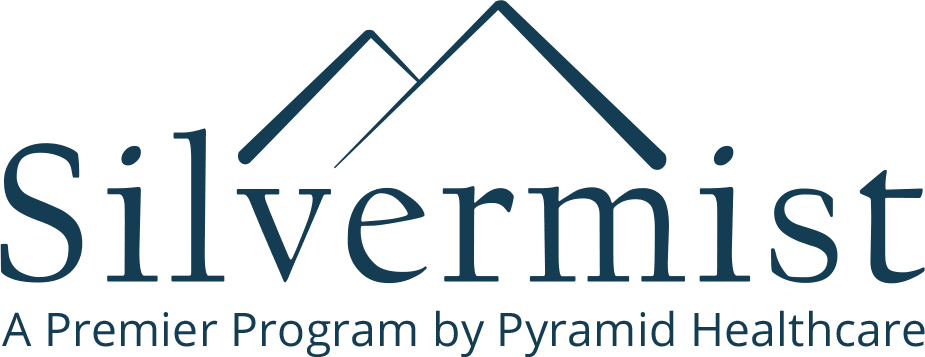
You may have noticed in any therapy session that all treatment operates under certain frameworks. Certain organizations and individual counselors and therapists use evidence-based theories and research to inform their practice.
Practitioners may be one or multiple theories to provide the best treatment they can. Among them is dialectical behavioral therapy.
What is DBT?
Dialectical behavior therapy is a branch of cognitive behavioral therapy, or CBT. CBT is the therapeutic process of identifying thought patterns using them to change behaviors. DBT builds on this concept, but also focuses on processing emotions, making decisions and coping with triggers in the present moment.
According to the journal Psychiatry, DBT was first used to treat patients with bipolar disorder, but has since been found to be effective in the treatment of substance use disorders (SUDs) and other mental health concerns. Moreover, DBT has been shown to offer positive outcomes to those who struggle with SUDs and a co-occurring disorder.
The word “dialectical” is a philosophical term that indicates opposite and conflicting forces. Dialectical behavior therapy incorporates the conflicting notions of acceptance and change. In therapy, each individual has to both acknowledge and adapt his or her life in order to progress and move towards sobriety.
How does DBT work?
DBT follows a specific structure and has three main components:
- Weekly individual counseling
- Weekly group skills training
- Therapist consultation team meeting
Individual counseling looks similar to most outpatient therapy, with an addiction specialist (either a trained therapist or counselor) and the patient using talk-therapy to process problematic thoughts, behaviors and situations.
Group sessions also use talk-therapy though the content is less personal. In both individual and group skills training sessions, the therapist works to incorporate a balance of acceptance and change. For example, some strategies for acceptance include mindfulness practices and learning to tolerate distress. Some strategies for change include problem-solving exercises and changing thought patterns.
In the therapist consultation meeting, a group of therapists or counselors meet to collaborate and address specific problems that arise, and bring that knowledge back to the group setting.
How does DBT help with addiction?
- Helps to identify and manage triggers
Because DBT has such a strong emphasis on the present moment, learning to identify current emotions is the groundwork for managing triggers. Once a person can pinpoint the sensation of stress, anger or another trigger emotion, he or she has more freedom to make decisions.
This component of self-awareness allows people to interject and make a conscious choice before the trigger becomes unmanageable. In DBT, learning about the warning signs of drug and alcohol use makes them easier to face.
- Distress Tolerance
One of the unique teachings of DBT is called “distress tolerance.” Distress tolerance is simply how we deal with emotional pain. Increasing distress tolerance is one of the goals of DBT and happens by practicing specific skills.
Some of these skills include distraction, identifying pros and cons, using sensory coping mechanisms to calm down, and other abilities. Improving distress tolerance can be a huge benefit to someone trying to break an addiction. In those moments of temptation to use drugs and alcohol, getting past that ache is what it’s all about.
- Mindfulness practices
One of the core components of DBT is an emphasis on awareness in the present moment. In DBT, people are taught to tune into their inner and outer world. Once we know how our circumstances and emotions are affecting us, we can more easily manage and change behaviors.
These mindfulness practices can be extremely helpful for someone who is daily struggling with an addiction. Consciousness of our surroundings and our own emotional state can help us to slow down, focus, and make good decisions when cravings and triggers are intense.
Many clinicians use DBT without adhering to a strict framework and simply incorporate the ideas into their practice. If you’re curious about what theories are at play in your treatment, ask your counselor. If you haven’t started treatment but are interested in seeing how DBT can work for you, talk to a licensed mental health professional.
DBT can be a great tool in helping you to fight addiction. With new coping skills, increased distress tolerance and a deep sense of awareness, combatting triggers to drug and alcohol usage will be easier than ever. DBT can put long-term recovery within sight.
Silvermist Recovery uses DBT, along with other evidence-based frameworks, to provide the most effective and holistic treatment available. Silvermist is a recovery facility in Western Pennsylvania that can help you overcome addiction once and for all. Learn about the programs offered when you call 724-268-4858 to get started with the treatment you deserve.
